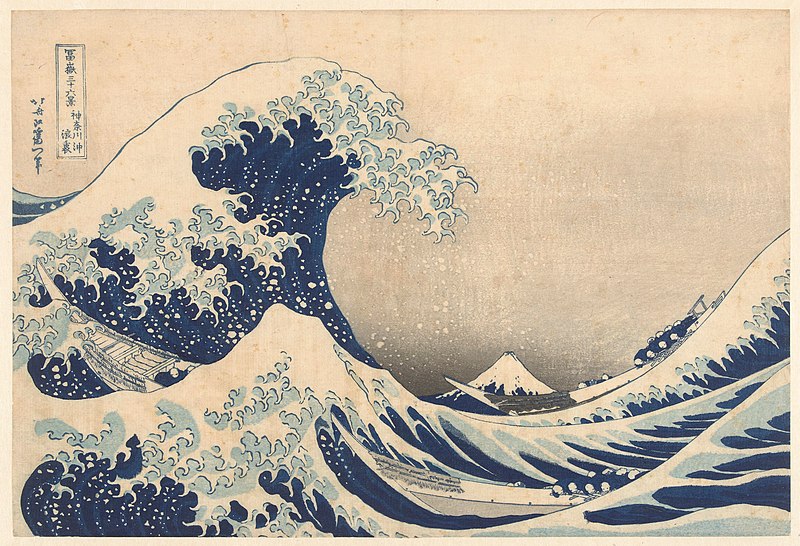The history of engraving is a fascinating subject that goes back as far as when humans developed the ability to record things on a flat surface. Engraving can be defined as the process of cutting into a hard material so that it, in turn, leaves raised lines on the surface, and it’s believed to have first been done by creating scratches on bone or rock.
The earliest examples of engraved objects are Stone Age animal carvings, but engravers were also responsible for making records such as tally sticks and clay tokens. The beauty, definition, and permanence of an engraved image made it one of the most popular ways for early civilizations to communicate.
Is Engraving Still Relevant Today?
Engraving is very much alive and kicking today, from artisans to mass manufacturing. Engraving is used in industrial processes from marking robotic arms to marking parts for manufacturing.
It is also used in commercial manufacturing and is a very common practice in the jewelry industry. The engraved image can be whatever the customer wants it to be, whether it’s their initials or a whole design put onto metal. Advertisements on walls and materials have been engraved for thousands of years to communicate with people long after the surface has deteriorated.
Engraving today can be very detail-oriented from artisan pieces like wood carvings, stone tombstones, and jewelry, or even something as simple as etching name tags onto metal parts used for manufacturing.
For example, Copper Dies for Sheet Fed Applications are used to emboss or stamp all kinds of products.
Where Are the Earliest Examples of Engraving Found?
At museums around the world, engraved gems from ancient Egypt have been found. Ancient Egyptian engraving artists strived for precision, and their works, which depict portraits or hieroglyphs, remain stunning.
How Did the Art of Engraving Evolve as Time Passed?
With the advent of new materials such as paper, colored inks, and later steel and iron plates (flat sheets of metal), became popular for making prints. Etching is a type of engraving where an acid-resistant ground layer is used so that the lines are etched into it instead of the plate. Steel plates were also an important step forward because they could be used to print many copies in a short amount of time.
What Are Some of the Earliest Examples of Engraving Found?
The depiction of animals is one of the earliest forms of engraving and can be seen on several items from the Stone Age. Engraved bone is another example that indicates that humans have been developing their ability to engrave for a very long time. These early engravings have been discovered in Greece, Egypt, and China and show a variety of animals like cattle, felines, and amphibians.
Engraved stones are also found dating back to Ancient Egypt at sites such as Abu Rawash in Egypt. These engraved skulls were used as markers for grave sites and were used in burial rites.
What Is Etching?
Etching is a famous technique used in engraving that is made by creating an acid-resistant ground layer so that the lines are etched into it instead of the plate. It was invented by Albrecht Dürer and was a way for him to create images that had depth.
How Has the Art of Etching Changed Over Time?
With the advent of new materials such as steel and iron plates, colored inks, and later paper, became popular for making prints. As technology evolved, etching became a popular form of printmaking. Etching involves using an acid-resistant ground layer so that the lines are etched into it instead of the plate.
What Are Some of the Earliest Examples of Etching Found?
Etched glass is an example of how engraving has evolved. Glass made from sand, like medieval stained-glass windows were etched with images by artists such as Albrecht Dürer. Etching continues to be used to this day, with its popularity in stained glass windows and woodwork increasing significantly in the early 20th century.
The art of engraving has been around for thousands of years and is a very important step in developing communication. It allows for whole messages to be communicated through one image or a simple saying. The craft has evolved from simple scratches on bone to intricate works of art on wood and metal. It is a universal language that shows how far we have come as humans and how we continue to develop ways to show each other things that are important like our names, dates, and messages.
Its relevance today is very much alive through mechanized manufacturing, commercial advertisements, and even makeup artistry. Even though it has come such a long way since its first use, there are still a lot of new things that are being discovered about engraving, so the future holds some exciting discoveries for people all around the world.
As with most technologies, engraving was born out of necessity and has become an art form. While its origins may go back to the earliest cave paintings and rock carvings found by archaeologists, the most interesting aspects of it stem from how artists have adapted this art form over time to create works that are visually stunning and tell stories. The diversity in the styles of engraving is a testament to how it can be interpreted and used to tell a story.
The art of engraving has evolved through time to accommodate new technology and materials, and its versatility continues to grow as well.
With the designs that artists have produced over the years, there has been no shortage of ideas for new designs based on the content they are communicating. There are also many tools that help people express their creativity through engraving. The creation of etching techniques, steel plates, and acid-resistant ground layers proved instrumental in making this form a viable way for artists to present their work. Plus, the use of engraving on things like jewelry has allowed us to leave special notes and pictures for our loved ones.





Be First to Comment